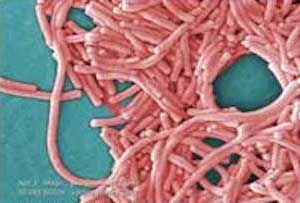Eight Co-Op City complex residents have been diagnosed with Legionnaires’ Disease since December 2014. The apartment complex is located in the Bronx.
Are you one of the people sickened? Was a family member sickened? If so, you can get a FREE case evaluation about a lawsuit against the manager of the complex and others.
Is the Source of the Illnesses the Cooling Towers?

Possibly. Legionella bacteria was found in water used in the cooling towers. People get Legionnaires’ Disease by breathing in water mist contaminated with Legionella bacteria. It looks like the people who were sickened in the outbreak breathed in tainted water mist from the cooling towers. It only takes a few cells lurking in a tiny droplet of mist to cause illness. Legionella love the warm, wet environment of the human lung. Health people can fight it off, but older people and people with compromised immune systems (diabetes, HIV, cancer, etc.) can’t fight it off. The bacteria grow in the lungs and cause pneumonia, a very severe form that is often fatal.
The New York City Department of Health is investigating the outbreak of illnesses at Co-Op City and 4 others in the Bronx. The position of the Health Department is that they have not conclusively proven that the cooling towers were the source of the illnesses.
Does this mean you don’t have a lawsuit? Not necessarily. Our lawyers do their own investigation to find evidence needed to file a lawsuit and win the case. Already, there is significant evidence of a connection between the cases of Legionnaires’ Disease and Co-Op City. Get a FREE consultation: use our free consultation form or cal 1-888-377-8900.
Could This Outbreak Have Been Prevented?
Our experience is that these outbreaks are preventable with good monitoring and maintenance. Below are some of the things that should be done to prevent cooling towers from getting contaminated with Legionella (Legionnaires’ Disease bacteria):
- Add the right amount of the right kind of chemical biocides to control Legionella growth;
- Maintain sump water at a low temperature (the bacteria grow in warm water);
- Clean and disinfect cooling towers regularly;
- Inspect equipment;
- Test for the bacteria regularly.